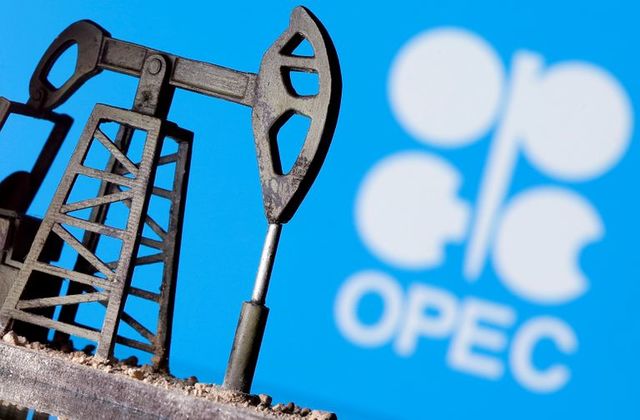
If the U.S. Energy Information Administration is right, we can expect higher oil prices as a result of the OPEC+ weekend announcement it will extend its oil production cuts through 2024, this on top of Saudi Arabia’s intentions of a voluntary oil production cut of 1 million barrels a day in July.
In its June Short-Term Energy Outlook (STEO), EIA forecasts the Brent crude oil price to average $79 per barrel in the second half of 2023 and $84 per barrel in 2024—an increase of $1 per barrel and $9 per barrel from last month’s forecasts, respectively.
Despite the OPEC+ extension and Saudi Arabia’s additional cuts, EIA expects overall growth in global oil production in 2023 and 2024, led by increased production from non-OPEC countries. EIA also expects consumption of liquid fuels such as gasoline and jet fuel to establish new record highs in 2023 and 2024, largely driven by non-OECD countries—especially China.
“We expect to see demand for travel continue to increase, which drives our forecast for record consumption of petroleum products,” said EIA Administrator Joe DeCarolis. “The petroleum market remains highly uncertain, so we will continue monitoring developments and tracking supply and demand dynamics.”
EIA expects U.S. crude oil production will set annual record highs in 2023 and 2024, though growth in domestic crude oil production is slowing. Slower production growth may reflect a combination of the use of capital to increase dividends and repurchase shares instead of investments in new production; the effects of tighter labor markets and higher costs; and increased pressure on oilfield supply chains.
Other highlights from the June STEO include:
- EIA estimates that U.S. dry natural gas production reached a record average of 104 billion cubic feet per day in April and expects natural gas production to remain just below that level the rest of the year. Natural gas prices at the benchmark Henry Hub are about 70% lower than their peak last year, which is decreasing new gas-only drilling. But associated natural gas production will increase in the Permian Basin in the short term, offsetting decreases in other regions. “Drilling in the Permian Basin typically produces a blend of hydrocarbons that includes crude oil and natural gas. So as producers increase their crude oil production in the region, we expect natural gas production to increase as well,” said DeCarolis.
- EIA expects a 24% increase in electricity produced by solar power this summer compared with last summer. The increase is largely driven by an increase in solar capacity—solar has been the leading source of new electricity generating capacity so far this year.
The full June 2023 Short-Term Energy Outlook is available on the EIA website.





